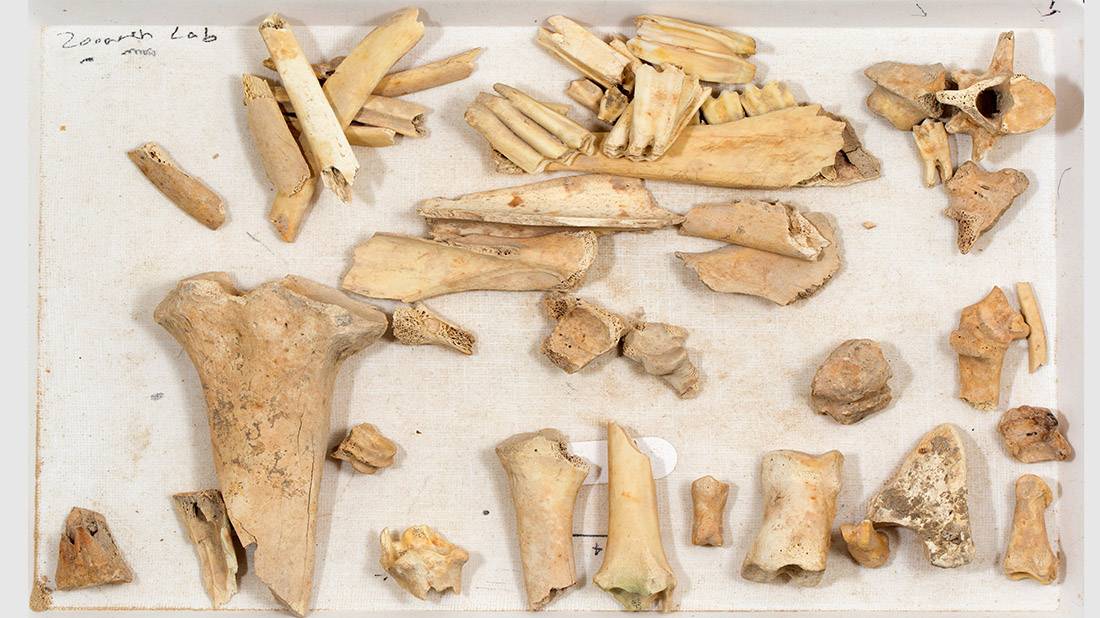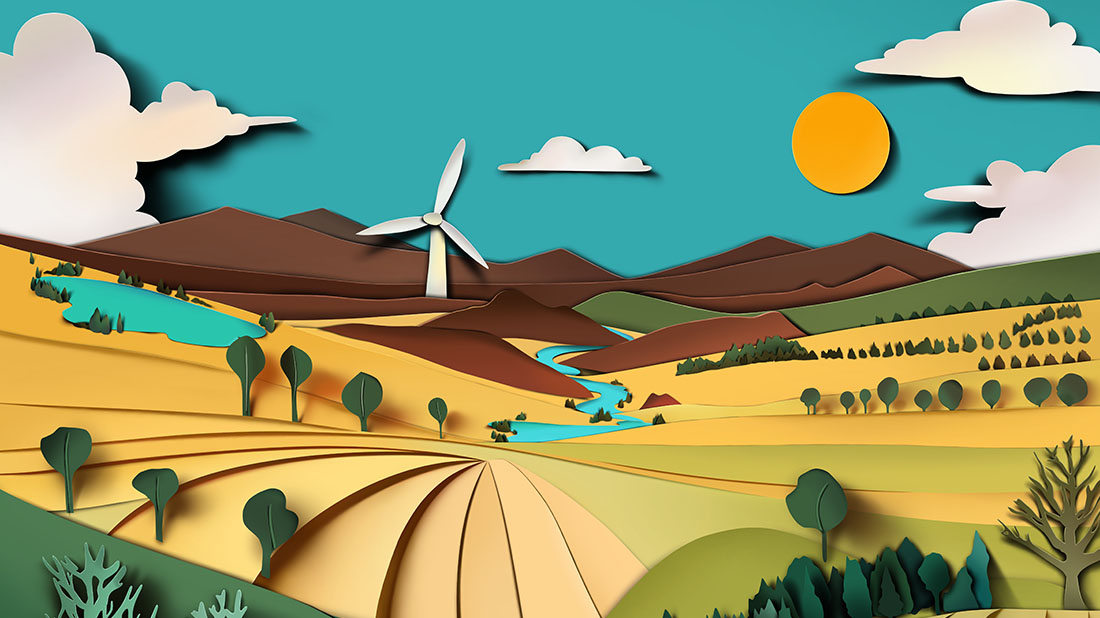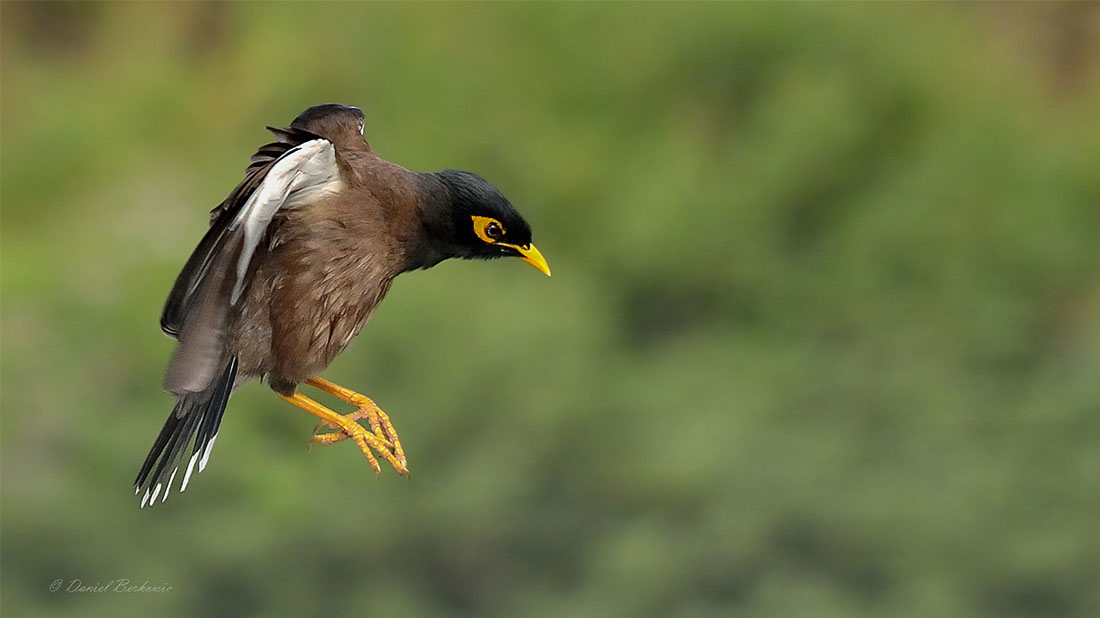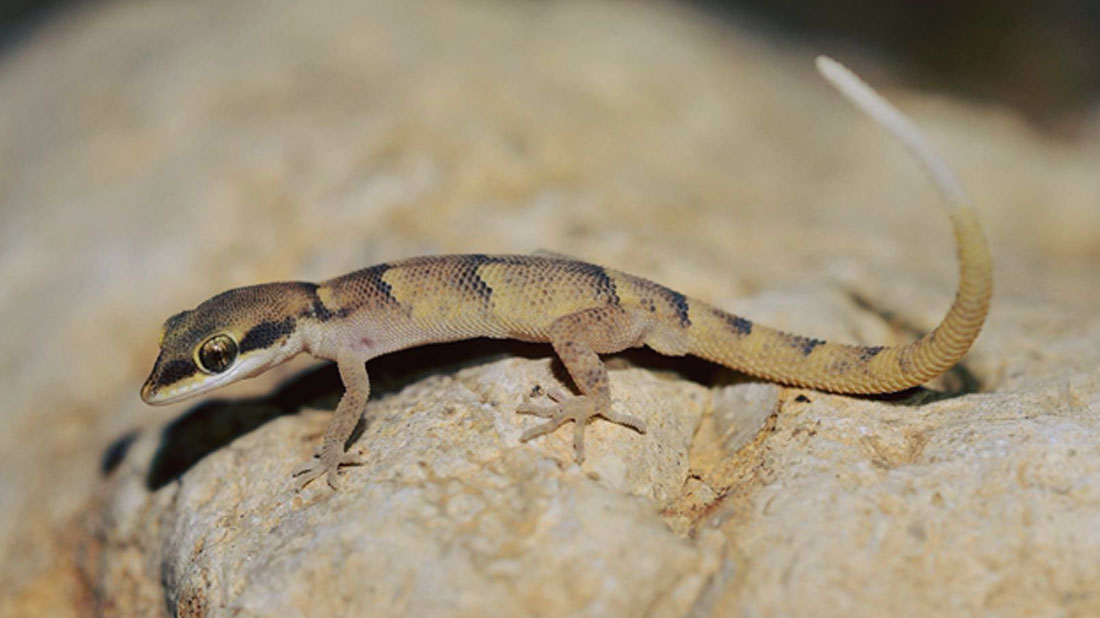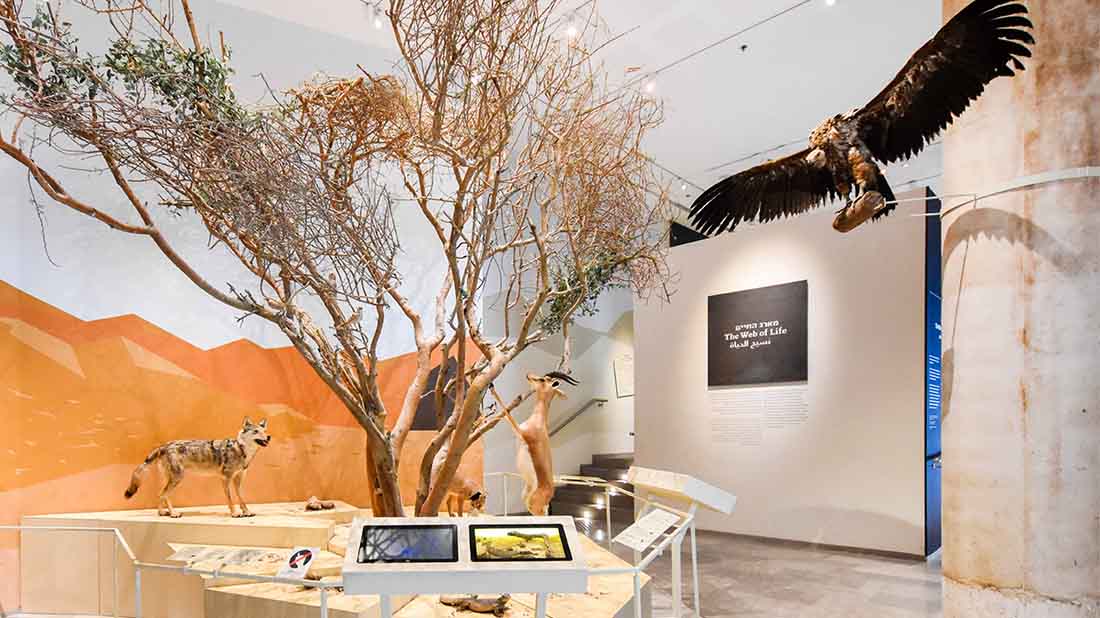The paleobiological collection curated at the Steinhardt Museum include archaeozoology, archaeobotany, archaeomalacology, paleontology and ancient DNA related materials.
With the exception of paleontological objects, most biological materials derive from archaeological sites in Israel excavated by the Israel Antiquities Authority, Tel Aviv University and other institutions. Collections-based research using these materials address questions related to ecological, anthropological and archaeological issues. They enable scholars to reconstruct environmental conditions of the past, human ways of life, and population movements of humans, plants and animals.
Archaeozoology
The Archaeozoological collection curated at the Museum includes faunal remains from archaeological sites in Israel, excavated by the Israel Antiquities Authority and Tel Aviv University staff. The animal bones collected in excavations represent the Israeli fauna from the prehistoric to late antiquity periods. The material comprises wild animals, domestic livestock, birds, fish, rodents, reptiles and amphibians. The faunal assemblages are used for solving ecological, anthropological and archaeological issues of the recent past. Archaeozoological research facilitates reconstruction of human lifestyles in ancient times, providing insights into the past human culture. The archaeozoloogical collections are researched by students in the Laboratory of Archaeozoology, Tel Aviv University, and by scholars from other institutions; they are also used for teaching courses at the Department of Archaeology and Ancient Near Eastern Cultures, Tel Aviv University.
Archaeobotany
Research in the Laboratory of Archaeobotany and Ancient Environments of the Steinhardt Museum is based botanical collection.
The Laboratory focusses mainly on the Israeli flora and curates the following divisions:
– Pollen and Spores collection (a reference collection)
– Wood collection (a reference collection)
– Thin sections – wood anatomical structure (a reference collection)
– Charcoal collection (a reference collection)
– Archaeobotanical collection (finds from archaeological excavations in Israel)
The botanical remains collected from archaeological excavations and fossil pollen, which is mainly extracted from sediment cores, enable us to reconstruct past vegetation and climate conditions in the Levantine region. Currently the oldest floral remains, which are being analyzed in the laboratory, derive from an ancient lake that existed in in the Negev Desert 1.5 million years ago.
The temporal scope of our archaeobotanical investigations range from prehistoric to late antiquity periods. These studies help us to reconstruct past relationship between humans and the environment, e.g. human migration out of Africa, the onset of agriculture, deforestation and plant migration. Identification of botanical remains from specific contexts of archaeological sites (such as spores, wood, charcoals, micro-charcoals, and pollen) assists in revealing ancient diets, plant usage, gardening and horticultural activities, seasonality of the site occupation, wooden implements and more. The archaeobotanical collections are studied by the Laboratory students and by scholars from other institutions. Our material is also used for teaching courses at the Department of Archaeology and Ancient Near Eastern Cultures, Tel Aviv University.
Archaeomalacology
Archaeomalacology, or the study of mollusc shells from archaeological sites, is a discipline that started in Israel in the 1930’s. Over the last thirty years, shells from excavations have been extensively studied and today we can reconstruct many uses of shells throughout ages.
Our collection is based on some of the earliest shell beads in the world that were discovered in Israel in caves of Mt. Carmel and the Galilee. Shell middens from Palaeolithic sites provide evidence for shellfish consumption. Shells were used as material for producing disk beads and other artifacts, construction materials and as the source for purple dye. Long distance exchange of shells is apparent as the origin of some shells can be traced to the Red Sea, the Nile River, and molluscs from Lake Kinneret were found as far as the Negev highlands. Experimental studies on the production of shell artifacts also contribute to a better evaluation of this medium.
Shells also serve for dating and environmental reconstruction through oxygen and carbon isotope analyses.
Palaeontology
The palaeontological collection at the Steinhardt Museum is based largely on a private collection of Prof. Hanan (Hans) Bytinski-Salz (1903–1986). Being an entomologist at Tel Aviv University, Prof. Bytinski-Salz was interested in many other aspects of zoology and maintained a wide range of zoological collections including fossils. His palaeontological collection is very extensive and is currently stored in 300 drawers filling 12 cupboards. Not only most animal groups are represented in his collection, but also all the geologic periods up to the Holocene in Israel. The geographic range of his collection is equally broad and covers the USA, England, Germany, Austria, Italy and other countries.
In 1969, the university received the mollusc collection of Derk A. Visker, a private collector from the Netherlands. This aquisition included hundreds of samples of fossil molluscs from the Pleistocene of the Netherlands, Pliocene from Belgium, the Netherlands and the USA, and Miocene and Eocene from France. Likewise, the mollusc collection of Arieh Hadar (1913–1968) contained some fossil material from the Pliocene of Florida, USA.
Remains of the geological and paleontological collection of Dr Nathan Shalem (1897–1959) were donated to us by the Eretz Israel Museum. Poor environmental conditions of its previous storage resulted in disintegration of labels by either silverfish, mice or rats for most of this collection. Yet the material is kept due to its richness in Cretaceous fishes and other aquatic fauna discovered in the stone quarries of the Jerusalem area and excellently preserved molluscs from Campanian sites at various locales in Jerusalem, which are have become densely built up urban neighbourhoods since then. The mollusc material contains some important types of species described by Shalem in the course of his PhD studies in Italy.
In 2007, a small private collection of Dr Yael Chalifa (1940–2006), a specialist on fossil fishes, was received. Some fine samples of local Cretaceous fish species were added to the growing palaeontological collection. Her collection contained also excellently preserved fossil material from Canada, among them some beautiful fossil insects, and from South America. In the last couple of years, we also received samples representing the Tyrrhenian stage of the Pleistocene in Israel and Cyprus from a marine archaeologist Dr E. Galili.
Further material from natural history collections recently transferred to our Museum new building – such as Beth Ussishkin and Kibbutz Maabarot assets—await further studyies (updated Jan 2020).
Micropaleontology collection
A micropalaeontological collection is based on the private collection of Prof. Hanan (Hans) Bytinski-Salz (1903-1986). It includes foraminifera collections of Upper Paleozoic, Mesozoic, Cainozoic ages as well as recent specimens. The collection is curated as specimens along with other microfauna, as separate foraminifera and as thin-sections (slides).
Another collection of the Upper Paleozoic foraminifera (thin- sections or slides) was by Prof. F.R. Bensh (1922-2006) and it originates in Central and South Tien-Shan (Central Asia: Uzbekistan, Kyrgyzstan, Tajikistan and Kazakhstan). It includes about 1400 specimens belonging to 34 families, more than 100 genera, and more than 600 species of foraminifera.
Staff members
Curators
Dr. Dafna Langgut, Section Leader – Archaeobotany
Dr. Lidar Sapir-Hen – Archaeozoology
Dr. Meirav Meiri – Archeobiology (Ancient DNA)
Dr. Yuri Katz – Invertebrate Palaeontology
Dr. Olga Orlov-Labkovsky – Micropaleontology
Associate Curators
Prof. Sigal Abramovich – Paleontology (Ben-Gurion University)
Prof. Miriam Belmaker – Archaeozoology (University of Tulsa, Oklahoma)
Collections manager
Dr. Daniella Bar-Yosef Mayer – Palaeontology and Archaeomalacology


